Hyper-Realism
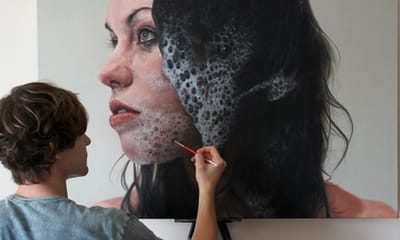
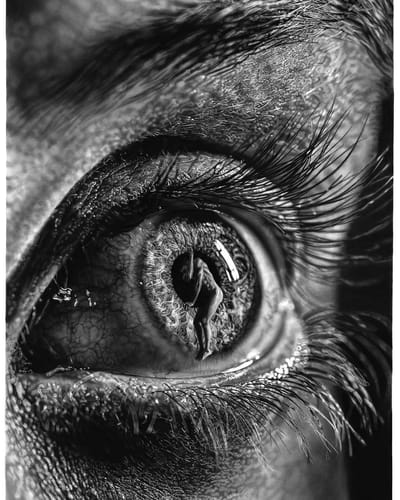
Artworks that appear extremely realistic to the extent that they trick the eye. (“Deceive the eye” is the literal translation of tromp O'Neil, a French term historically used to describe these types of works.) Since the ancient Greeks, intense realism has been an aspiration of Western art, however with the rise and popularity of abstract painting in the 20th century, such an aspiration became less savant-grade. At the same time, the late 1960s and ‘70s saw the popularity of highly-realistic paintings based on photography (what is called Photo realism) and contemporary art has seen the popularity of sculptures that attempt to precisely replicate, or "re-create", objects.
Its all a lie...said one of the audience.we are not seeing what really happened at a specific event and that is what they want.
The Vietnam war is one of the most common features of what a hyper reality may seem as if not knowing the real things.
We watch and see the war from the producers point of view and still in silent mode.we watch the war from the screens of air plain missile launchers and live the moment like a video game..,no blood no dead bodies no explosions...no nothing.
And the thing is that the spectators want us as audiences to be at a low level of sensation in which we have no affection or sympathy toward any of the of the victims..
Its all a lie...said one of the audience.we are not seeing what really happened at a specific event and that is what they want.
The Vietnam war is one of the most common features of what a hyper reality may seem as if not knowing the real things.
We watch and see the war from the producers point of view and still in silent mode.we watch the war from the screens of air plain missile launchers and live the moment like a video game..,no blood no dead bodies no explosions...no nothing.
And the thing is that the spectators want us as audiences to be at a low level of sensation in which we have no affection or sympathy toward any of the of the victims..
Photo Realism
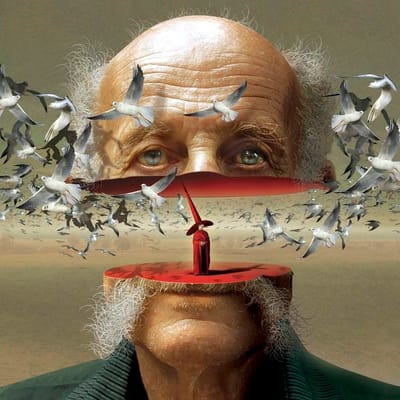
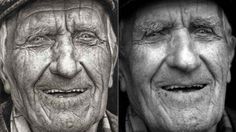
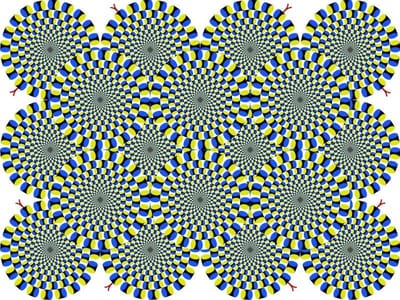
Photo realism is a genre of art that encompasses painting, drawing and other graphic media, in which an artist studies a photograph and then attempts to reproduce the image as realistically as possible in another medium. Although the term can be used broadly to describe artworks in many different media, it is also used to refer specifically to a group of paintings.
Its said that when a photographer or a producer draws out a new phase of a view or a scene in which he tries to manipulate the reality of the real living thing or creation.it starts with the original reality that the idea was created from and developed to be in a specific medium as a scene in a movie for example and is represented as much near as possible for it to be real.
After a while..,Reality change.
A new concept is added to the real of reality in which it developed and deviates the path of the truth and draws an another reality which is called a counterfeit.This phase of reality is expressed by adding new elements drawing an another form of reality and us accepting and believing it as the real world showing reality.
The simulations that encounter our minds and reshaping the world around us giving the nearest to perfection like we see in the movies of having the perfect family and friends or what the advertising showing the best car with the handsome man or women...so the thoughts that we build when we see as such movies and advertises we start believing that to be as class we have to buy that car or to be as modern we have to have that new phone or to be the perfect family we have to live in an amazing house as such...In another words, a New Reality is built.
Its said that when a photographer or a producer draws out a new phase of a view or a scene in which he tries to manipulate the reality of the real living thing or creation.it starts with the original reality that the idea was created from and developed to be in a specific medium as a scene in a movie for example and is represented as much near as possible for it to be real.
After a while..,Reality change.
A new concept is added to the real of reality in which it developed and deviates the path of the truth and draws an another reality which is called a counterfeit.This phase of reality is expressed by adding new elements drawing an another form of reality and us accepting and believing it as the real world showing reality.
The simulations that encounter our minds and reshaping the world around us giving the nearest to perfection like we see in the movies of having the perfect family and friends or what the advertising showing the best car with the handsome man or women...so the thoughts that we build when we see as such movies and advertises we start believing that to be as class we have to buy that car or to be as modern we have to have that new phone or to be the perfect family we have to live in an amazing house as such...In another words, a New Reality is built.
Simulacra

As for simulacrum...the presence of the image on the plate form on which represented the truth behind transferring that image in the complete way has its questions in which the represented image deceives the spectator by showing him a near to perfect version of reality that every person believe should have or dream about having.
Jean Baudrillard says that, images are always simulacra because they are always pictures of things, not the things themselves by means that no picture seen in the new media era is a picture of the real thing that we witnessed but by what new elements we have added to that reality.
our current society has replaced all reality and meaning with symbols and signs, and that human experience is a simulation of reality that we have put a sign to distinguish what is the meaning and how we can relate it to our own situation.
It the break down of the reality with all the elements after representing copy of a copy of copy on different displays we watch the simulation of reality melting down till the copy has no relation with the frame given where the copy would survive as the real deal of reality and the real reality disappeared.
Jean Baudrillard says that, images are always simulacra because they are always pictures of things, not the things themselves by means that no picture seen in the new media era is a picture of the real thing that we witnessed but by what new elements we have added to that reality.
our current society has replaced all reality and meaning with symbols and signs, and that human experience is a simulation of reality that we have put a sign to distinguish what is the meaning and how we can relate it to our own situation.
It the break down of the reality with all the elements after representing copy of a copy of copy on different displays we watch the simulation of reality melting down till the copy has no relation with the frame given where the copy would survive as the real deal of reality and the real reality disappeared.
Contact
- Beirut, Beirut, Lebanon
- 71556425
- 10116070@mu.edu.lb
- Mon-Fri - 08:00-19:00
References
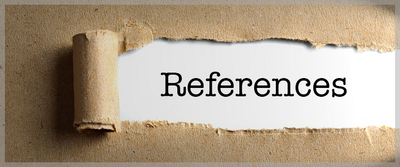
- https://www.artsy.net/gene/hyperrealism
- https://en.wikipedia.org/wiki/Photorealism
- http://www.messagetoeagle.com/use-your-mind-to-change-reality-it-is-easier-than-you-think/
- https://www.couponbear.com/vertical?s_pt=source2&s_it=content&type=content&s_chn=10&s_gl=US&q=simulacra%20and%20simulation%20amazon
- Slides
- Digital media and society book



